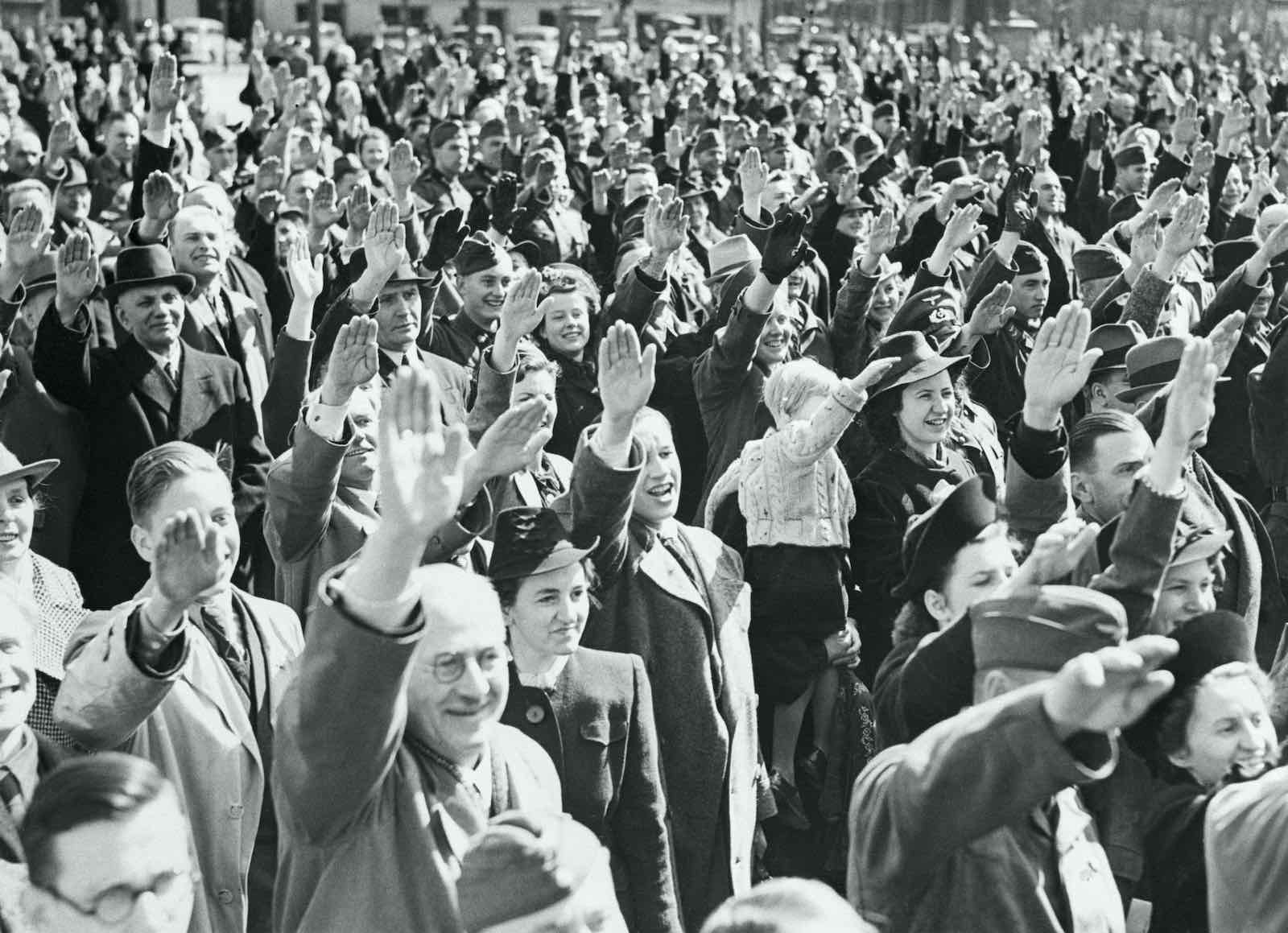Book review: Robert Gellately, Hitler’s True Believers: How Ordinary People Became Nazis (Oxford University Press: Oxford, 2020)
In the end, it was all about The Idea. Thus, the historian Robert Gellately explains why so many Germans passionately attached themselves to National Socialism.
In his new book, Hitler’s True Believers: How Ordinary People Became Nazis, Gellately argues that Hitler succeeded because the vision he harboured met a ready reception among millions of Germans who felt humiliated by the end of the First World War and frustrated with the economic chaos and political fragmentation that followed. They yearned, he argues, for a “National Community” (Volksgemeinschaft) in which individual and class interests would be ruthlessly subordinated to those of the nation.
This was a vision of a community that plainly demarcated its lines of inclusion and exclusion, and into which violence and racial engineering were baked. For those it embraced, it was emancipating, even exciting. For those it excluded, it was lethal. The upshot is that the role of German society itself in the formation of the National Socialist ideology was every bit as important as that of Adolf Hitler and his rabble-band of brown-shirted lackeys.
The idea that it was precisely the vision of a Volksgemeinschaft that mobilised the German nation behind Hitler is not a new one. Indeed, over the past 20 years or so, the Volksgemeinschaft has become the pre-eminent scholarly concept in capturing the remarkable degree of consensus that seemed to permeate German society in the 1930s. We have come a long way from the post-war fantasy that the crimes of Nazism were solely the doings of an evil gang of senior henchmen.
Read the book review by Marcus Colla in The Interpreter.

